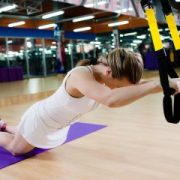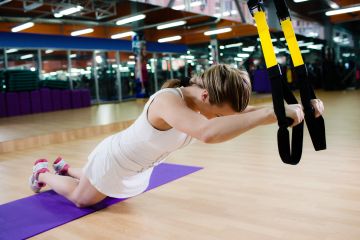You’re Not Too Busy to Exercise
Not all of us can have “me time,” gym memberships, or sometimes even the will to get out of bed in the name of fitness. However, it’s usually the first step that’s the hardest to take, but also the most important. Even the most seasoned gym-goers will tell you that traveling to the gym can seem daunting, but once you’re there, it already feels like stepping over a huge hurdle.
Regular physical activity, as we all know, is extremely beneficial, but it’s also an overwhelming task that requires commitment. Even if you think you already have too much on your plate, you’d be surprised how much time you can find in your day or week to set aside for exercise. Read on to learn why you’re not too busy to work out and what you can do even if you think you are.
You probably wonder how some people you know manage to wake up early to go for a jog or early morning yoga practice. It takes some getting used to, but ultimately waking up early will come easier to you. Mornings will feel refreshed and rejuvenated, while you’ll get better sleep in the evenings. If you’re a night owl who has trouble shutting off their brain to fall asleep, regular exercise just might help you with that.
You don’t even have to go big. You can start small by walking or cycling to the supermarket instead of taking a car. Walking is an effective cardio workout that can even aid in weight loss, while remaining low-impact and virtually free.
Time is usually the biggest issue for people with nonexistent workout regimens. However, there are routines that can only take 30 minutes. That shouldn’t be too bad, should it? You could even squeeze in a power workout during your lunch break. A quick workout is certainly better than no workout at all.
And while you may not have the resources for a gym membership, you probably have a phone and access to the Internet. YouTube is brimming with free workout channels, from dance to yoga to Pilates. There are also numerous mobile phone apps that can help you track your steps, running distance, weight, heart rate, and more. They can provide you with daily workouts and some even incorporate games to take the stress out of exercise.
If you can get access to the gym, take classes. It’s tempting to just hit the treadmill, but how do you know that’s what’s best for you? Speak to a personal trainer or consult with your class teacher. Try all the classes you need to in order to find what works best for you. Maybe it’s cycling, yoga, rowing, swimming, or dance. Classes are also more motivational since you have classmates and an instructor to hold you accountable. If you’re not a gym-goer, find a workout buddy or a local group to practice with.
Sources: https://www.shape.com/fitness/tips/5-ways-find-time-workout-your-busy-schedule
https://www.self.com/story/sara-sampaio-dumbbell-raise-exercise-strengthening-shoulders
https://www.mindbodygreen.com/0-6291/5-Reasons-Why-Youre-Not-Too-Busy-to-Work-Out.html





